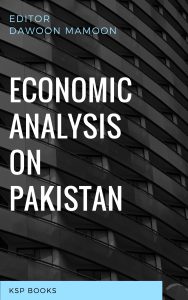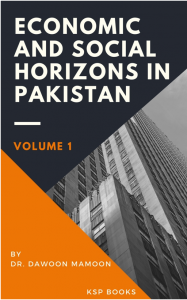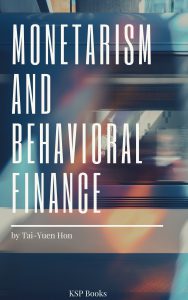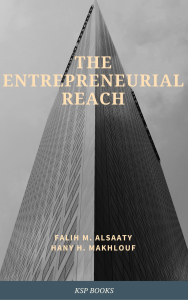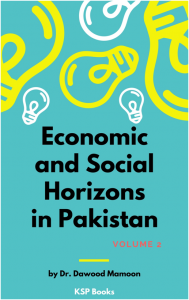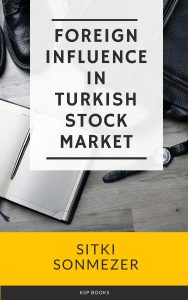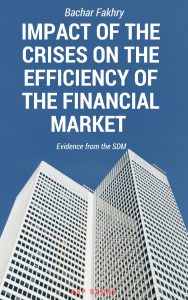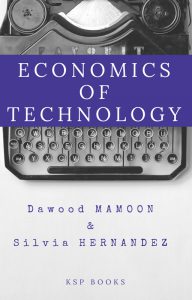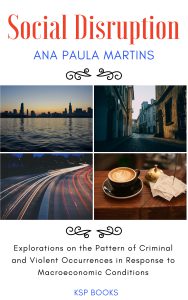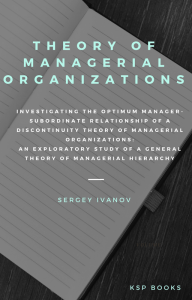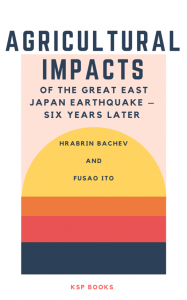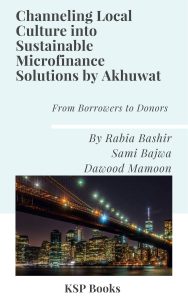Synopsis
During the 1992-93 period, Prof. Culp and I wrote “The Hong Kong Linked Rate Mechanism: Monetary Lessons for Economic Development.” We did this, in part, at the suggestion of the late Sir Alan Walters – who was our colleague and collaborator at Johns Hopkins. While serving as Prime Minister Margaret Thatcher’s personal economic adviser, Sir Alan played a key role in the reintroduction of Hong Kong’s currency board, in 1983. We were also encouraged by the architect of Hong Kong’s currency board, John Greenwood.
Just why did John and Sir Alan encourage us? Well, at the time, I was engaged in designing currency board systems for countries in Latin America and the former Soviet Union. During the advocacy phase of my activities, many people inquired about the workings of Hong Kong’s currency board. Since there was no comprehensive piece of research on this subject available at the time, my then-student Prof. Culp and I decided to write our own paper. Alas, we were too busy with other activities to attend to its publication.
In the years since Prof. Culp and I wrote “The Hong Kong Linked Rate Mechanism: Monetary Lessons for Economic Development,” the unpublished paper has sustained a certain degree of interest. In consequence, we have decided to publish the original 1993 paper, without amendments.
Since Hong Kong’s currency board has evolved from what it was in 1993, we have invited John Greenwood, who currently serves on the Hong Kong Monetary Authority’s Currency Board Advisory Committee, to present a brief account of the major changes that have occurred in the HKMA’s structure since we wrote our 1993 paper.
Taken together, as they should be, the Culp-Hanke and Greenwood papers provide the reader with a clearer understanding of how Hong Kong’s currency board works and how it has evolved.
Contents
About Author
ISBN
978-625-7501-17-0
Date of Publication
June 29, 2022
File Size: 2582 KB
Length: xxvii + 63 pages
This work is licensed under a Creative Commons Attribution 4.0 International License.

